If you’ve ever owned some solar lights, you may have noticed that there is an on/off switch on it.
But why is there such a thing?
Isn’t the whole point of solar lights that they turn on and off automatically?
The answer to this question is yes, but there are some cases where you may want to manually turn your lights off, such as deep charging your battery, saving energy, resetting your solar lights, and many more solar-powered lights.
And that’s why there is an on/off switch.
It’s simply for your convenience.
In this article, we will discuss why there’s an on/off switch on solar lights, how the on/off switch works, and whether you should leave your solar lights on all the time.
How Does the Solar Light Switch Work?
Before we dive into why solar lights have an on-off switch, we need first to get a clear picture of how these devices work and the role of this switch.
Solar lights are pretty nifty—they convert sunlight into electrical energy, which is stored in a battery.
This energy powers the lights once the sun goes down.
During the night, a light sensor detects when it gets dark and activates a connection between the battery and the LEDs, lighting them up.
The on/off switch is crucial here.
When you flip this switch to “off,” it cuts the connection between the battery and the LEDs.
This means no matter how dark it is outside, the lights won’t turn on because the electrical pathway is blocked.
But here’s a cool part: flipping the switch off doesn’t affect the charging of the battery.
The solar panel keeps doing its job, soaking up sunlight and charging the battery during the day.
So, the solar light acts like a little power bank, storing energy regardless of whether the switch is on or off.
Why Is There an On/Off Switch on Solar Lights?
1. Preserving Battery Charge
The average solar light needs about 6 hours of direct sunlight to fully charge the battery and provide enough power for the light sensor to stay on all night.
However, if you live in an area with shorter days or less sunlight, your lights won’t be able to generate enough power to do so.
Most of the time, it’s fine, you don’t need the lights to run from dusk to dawn.
But sometimes, you do!
And in this case, the best thing you can do is to turn off your lights the night before.
This way, the solar lights will have 2 full days of direct sunlight to charge the batteries and will be able to provide enough power for the light sensor to stay on all night.
Of course, if you live in an area with longer days or more sunlight, you don’t need to worry about this as much.
But it’s a useful tip if you’re looking to preserve battery power.
2. Deep Charging the Battery
You know how sometimes when you only charge your phone a little bit, it starts dying faster than it used to?
Well, your solar light batteries can run into a similar problem—it’s called the “memory effect.”
If you don’t often charge them all the way, they might start thinking that half-charged is fully charged.
For example, if you keep charging your battery only up to 50%, eventually, it might only be able to hold that much, and no more.
To avoid this, you can give your batteries a full, deep charge now and then.
This means charging them up to 100%.
Here’s where the on/off switch on your solar lights comes in handy.
By turning the lights off, you stop them from using any power, allowing the battery to charge up without interruptions.
Try this: Turn off your solar lights and let them charge uninterrupted for about three days.
This gives the battery a chance to fully recharge and reset itself, getting rid of any memory effect.
3. Preparing Solar Lights for Storage
If you’re thinking about packing up your solar lights for a bit—maybe it’s the off-season, or you’re sprucing up your yard—here’s a trick to keep them ready for their next round.
Here’s what to do: Flip the switch to “off” before you stash your lights away.
This easy step stops them from using power.
Even though the solar panels might still catch some sun and generate a bit of electricity, turning them off means this energy won’t drain the battery.
It’s like popping your lights into sleep mode, which keeps the battery from running down unnecessarily.
Think of it like this: you wouldn’t leave your phone on if you weren’t using it for a while, right?
You’d turn it off to save the battery.
Same idea here.
Flipping that switch is a small action, but it makes a big difference in keeping your lights in top shape.
4. Resetting the Solar Lights
When your solar lights ever stop working, don’t worry—there’s a simple fix that often does the trick.
It’s all about giving them a quick reset.
Just like rebooting your computer when it’s acting up, you can do the same with your solar lights to solve many common issues.
Here’s how you reset them: Turn the on/off switch to “off,” wait for about 20 seconds, and then flip it back to “on.”
This brief break in power helps clear up any glitches in the system by resetting the internal circuitry of the lights.
5. Uses in Indoor and Low-Light Conditions
Some solar lights are perfect not only for lighting up your garden paths or outdoor spaces but also for those indoor spots where sunshine is a bit hit or miss.
Think about that garden room or a snug corner of your living room that sometimes feels a little dim, especially when it’s cloudy or during those short winter days.
Here’s where the on/off switch on your solar lights comes into play.
You can manually flip these lights on when it’s too dark and off when there’s enough natural light—or when you just don’t need them.
By managing the lights with the switch, you’re making sure you use the stored energy only when it’s necessary, so you always have light right when you need it.
6. Security Enhancements
An on/off switch on your solar lights isn’t just about saving energy or controlling when they’re on; it’s also a key feature for enhancing security around your home.
Imagine this: It’s late at night, and you hear some strange noises outside.
With just a flick of the switch, you can light up your yard or pathway.
This sudden burst of light can make it easier for you to see what’s going on and might even scare off anyone lurking around.
It’s like flipping on a big, bright deterrent.
But here’s the other cool part: If you ever feel something’s off—maybe there’s someone suspicious outside—you might decide to keep the lights off.
This way, you don’t draw attention while you peek through the window or quietly call for help.
7. For Stargazing Enthusiasts
If you’re a stargazing fan, you know the struggle: even a little bit of light can wash out the night sky and spoil the view of the stars.
That’s where the handy on/off switch on your solar lights comes into play.
Solar light manufacturers get that sometimes, you just need total darkness to enjoy the stars.
They’ve made it super easy to manage your outdoor lighting without fuss.
Just flip the switch off, and your solar lights won’t mess with your stargazing vibes.
No need to unscrew bulbs or drape blankets over lamps to block out light.
Just a simple switch and you create the perfect dark setting for catching meteor showers, spotting constellations, or just enjoying a quiet moment under the moon.
Once you’re done soaking up the cosmos, flip the switch back on, and your paths are bright and safe again.
How Does a Solar Light Turn On?
A solar light turns on through a well-coordinated system that responds to changes in natural light, using the sun’s energy efficiently to power LED lights at night.
During daylight hours, a key component called a photoresistor within the solar light plays a critical role.
This photoresistor changes its resistance based on the amount of light it receives.
When the sun is up and shining brightly, the resistance in the photoresistor decreases, which results in a lower voltage — around 1.2 volts — in this part of the circuit.
This voltage is too low to power the LEDs, so the solar light stays off while the battery charges up from the solar panel.
As dusk falls and the ambient light decreases, the resistance in the photoresistor increases significantly.
This change in resistance effectively removes the photoresistor from influencing the circuit.
The electrical current is then redirected through a PNP transistor to a different circuit designed specifically for the LEDs.
This LED circuit operates at a higher voltage, about 3.7 volts, which is above the 3.5-volt threshold needed to turn the LEDs on.
Thus, as night sets in, the increased voltage triggers the LEDs to light up, illuminating the area around them.
FAQs
Why Do Solar Lights Have an On and Off Switch?
Solar lights have an on/off switch to control when they charge during the day and illuminate at night, providing flexibility and energy conservation.
Do I Turn the On Switch On Solar Lights?
Yes, you turn the switch to “on” to allow the solar lights to charge during the day and automatically light up at night.
How Do You Tell If Solar Lights Are On or Off?
To tell if solar lights are on or off during the day, cover the solar panel; if the light activates, the switch is “on.” At night, check if the light automatically turns on at dusk.
Why Does My Solar Light Keep Turning On?
Your solar light may keep turning on due to a sensitive light sensor detecting changes in ambient light or possible obstructions causing it to react.
Conclusion
As promised, we’ve taken a good look at why that on/off switch on your solar lights is more than just a simple toggle.
It’s a key player in making sure you use your energy wisely and keep your lights running longer.
Here’s a tip from the pros: if you know it’s going to be cloudy all day, go ahead and flip those lights off in the morning.
This stops them from trying to work without enough sunlight, saving your battery for when you need it.
Do you still have any questions or are you wondering how else you can optimize your solar light setup?
Feel free to reach out or leave a comment below—we’re here to help light the way to smarter, more efficient solar lighting at your home!
Join our solar microdosing newsletter and get bite-sized, easy-to-understand insights into the world of solar energy.
From how solar panels work to building your own DIY solar system, we’ve got you covered.


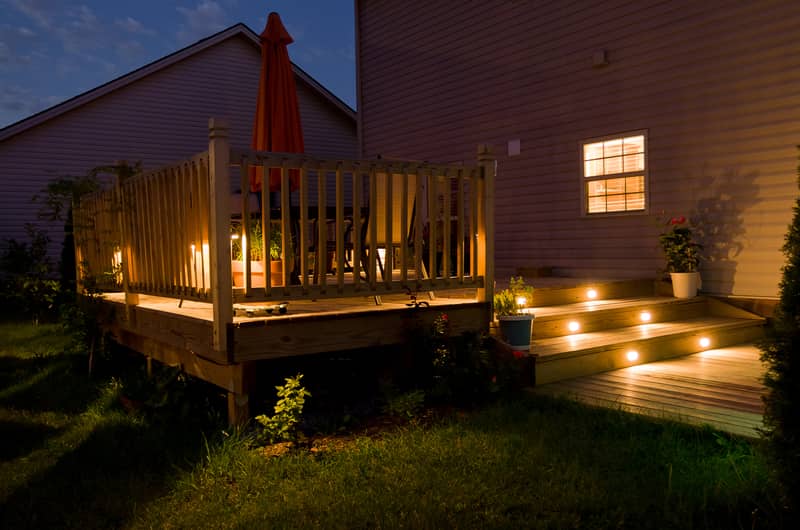
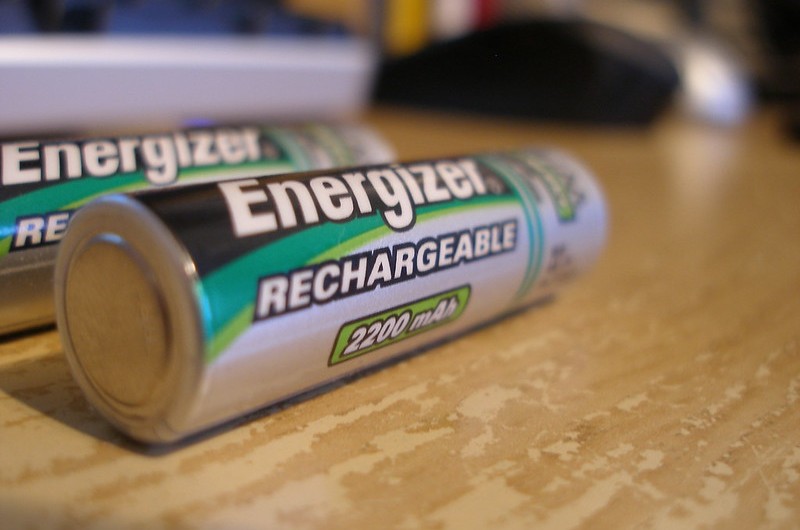
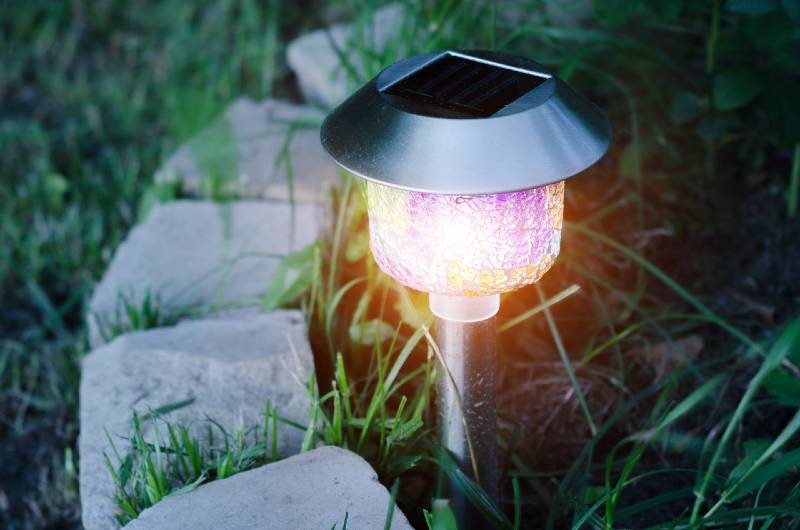
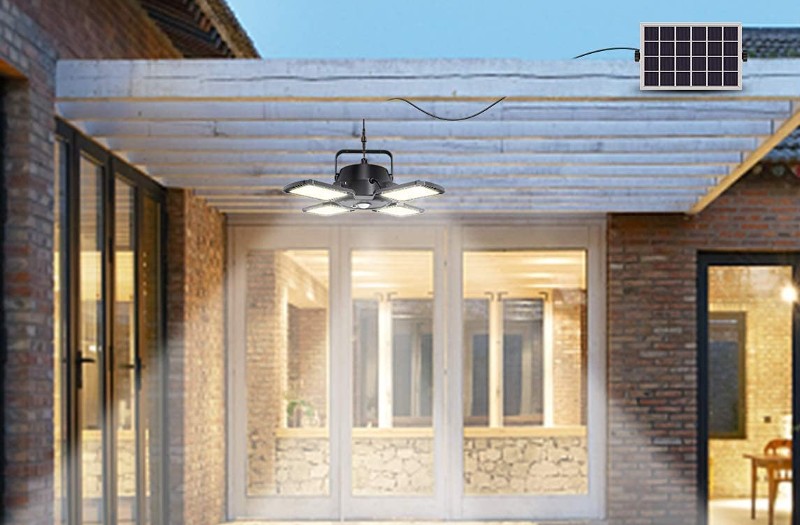

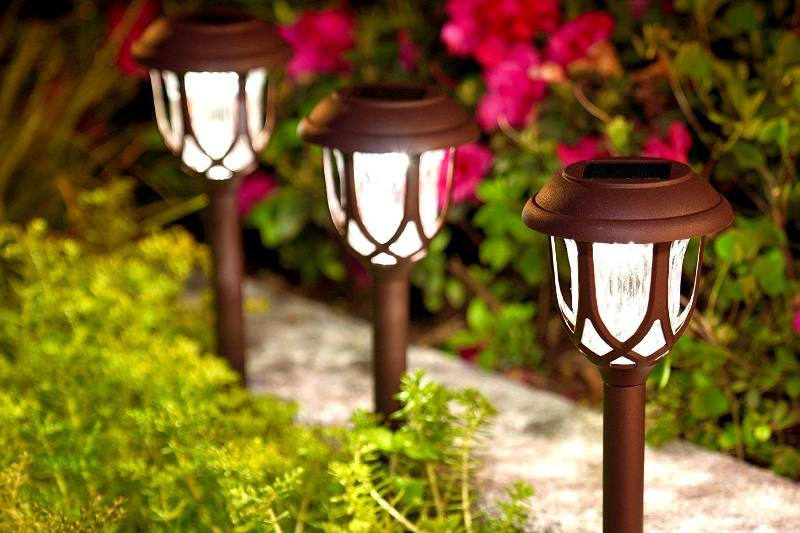

i have a 4 foot portable solar light with panels. It is fully charged and won’t work with switch on or off. Does it have to be dark to work?
The on/off switch should only be used for storing the lights – off switch = cut the circuit to the light source.
Solar lights have light detection sensors (mostly on the top of the panel), the lights will turn on if:
1. switch is on
2. the light sensor detects no light, so it turns on the light automatically.
Some solar lights come with the capabilities of turning them on on demand but this is mostly done with a remote controller, not the default on/off switch on the back.
My solar lantern has a timer. My direction (from China) say nothing about that. Also the directions say to turn it “on” when it is initially for first time use when charging. Never says when to turn “off”.
You only need to switch the lights off if you’re storing them or if you want to fully charge the battery. Other than that, the lights should always be on.
Regarding the timer problem, can you please explain more?